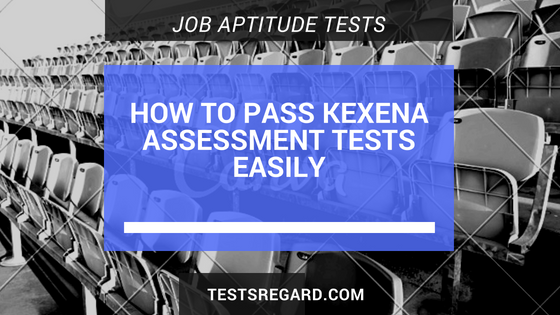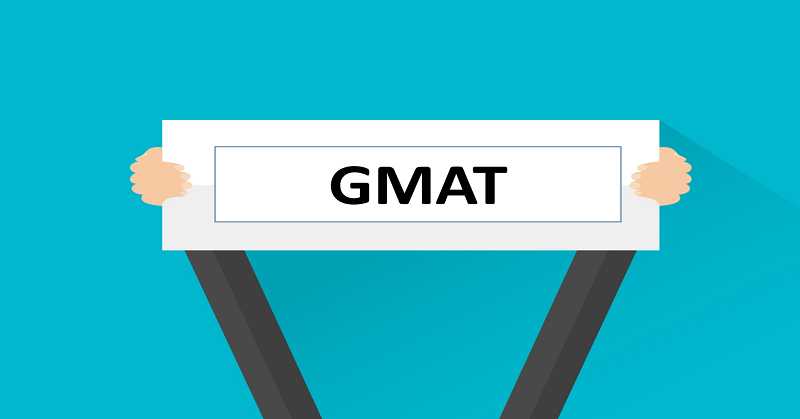How To Pass Kexena Assessment Tests (Online Tests) Like A Genius
As a job-seeker, you’ll most definitely have to take a lot of aptitude tests. I have previously written on Workforce, Dragnet, KPMG tests e.t.c but some of these job tests are also published by Kexena. In this post, you’ll learn all you need to know about Kexena and How To Pass Kexena Aptitude Tests.
What is Kexena?
Kexena is a global consultancy firm established in 1987. It’s a major publisher of aptitude and psychometric tests used by various companies for recruiting new employees. Companies that make use of Kexena test requires that you pass in order to stand a chance of being employed and in some cases retain your job. These tests are conducted to examine candidates’ intelligence, capacity, knowledge, behaviour and skill set to determine if they are fit for the job if employed. Kenexa fitness tests are for the most part designed by proficient psychologists following years of research and testing to guarantee the consistency of the result and prediction that the tests reflect.
Kexena Online Test Format
There are 4 categories of Kenexa tests:
1. Verbal Reasoning Test:
Verbal Reasoning tests assess candidates’ understanding and comprehension skills. In this section, you’ll be given 24 questions to answer in 20 minutes. You’ll be given a paragraph of information followed by a statement to which you are required to give ‘true’, ‘false’ or ‘cannot say’ answers to each question. Read more on How To Pass Verbal Reasoning Tests Easily
2. Numerical Reasoning Test
This test is designed to examine candidates’ ability to interpret and analyze numerical data. Numerical Reasoning Tests generally reviews candidates math skill i.e how you can make decisions based on numerical data. Here you’ll be given 20 questions to complete in 20 minutes. this means you have an average of 60 seconds per question. Also, read 8 Tips To Easily Pass Numerical Reasoning Tests.
3. Logical Reasoning Test
Logical Reasoning tests evaluate candidates’ ability at skills such as interpretation of patterns, number sequences or the relationships between shapes. In this test, you must be able to identify a missing pattern in a series of different shapes that you’ll be provided with. Read Surefire Hints On How To Blast Your Next Logical Reasoning Test
4. Kexena Computer Based Adaptive Test (CAT)
This is a recent addition to Kexena. CAT tests include verbal reasoning, logical reasoning, and numerical reasoning. The thing about this test is that the difficulty of the questions increases as candidates progress.
Now that we’ve talked about Kexena Test Format, let’s go straight into How To Easily Pass Kexena Aptitude Test.
Important Tips To Pass Kexena Test Easily
1. Know What Exams You’ll Be Taking
Kexena publishes different kinds of questions. Every one of these tests has questions relating to a particular domain or area to test diverse capacities. The tests utilized by a company may rely upon the job position the evaluation focus is being led for, roles you’ll be assigned and areas you are required to have an ability in. Recognizing what sort of tests you’ll be taking will be of help to you.
If you are sitting the test in a controlled, group environment the business will usually provide you with a piece of paper and a pencil.
2. Practise
Practise is very important to pass Kexena tests. Your techniques and strategy get better as you practise more. Practising also helps you get familiar with the question patterns. While practising, ensure you put yourself in the same condition you are to write the test. Time yourself as dong this will help you get accustomed to how many minutes you have to spend on a question.
3. Pay attention to your weakness
While you shouldn’t totally abandon areas you are very strong at, pay close attention to your area of weakness. Every question asked has a skill you’re being tested for. For example, if you didn’t answer 5 questions in logical reasoning test that is testing Comparative Analysis, it may be deduced that you are weak in that area. Practice and do more study in areas you are weak. Like I said earlier, do not abandon areas you are strong at otherwise you may become weak in them due to lack of practice.
4. Read The questions carefully
during the test, ensure you read all instructions and questions carefully. Make sure you fully understand what the question is asking. Try to read the questions at least twice as you may get the second time important information you missed out the first time. Do not speed read. For your first attempt at comprehending, read the paragraph first, then you read the questions. At the second attempt, read the question first then paragraph after. This may not exactly work for you but if you’ve practised enough you would have been able to figure out which approach works best for you. In doing this, be careful not to waste too much time because you don’t have much of it.
5. Be Time Conscious
You should know that the tests are timed. Calculate how much time you have to spend on a question and try as much as possible not to spend more than that on a question. If a question is giving you problem, skip to the next one. If you have practised well enough, you will have an idea of your areas of strength, it is advisable to start from there. Be time conscious but do not panic or rush. Speed and accuracy should be your target.
6. Discard Unnecessary Information
In order to confuse you and probably waste your time, they sometimes include irrelevant information in the tests so it is important that you recognize this, figure out what you need and filter out unnecessary information.
7. Watch Out For Double Negatives
As another attempt to confuse you, information contained in the paragraph may include double negative. Ensure you read the paragraph carefully.
8. Cannot Say Is An Option
If you are fairly certain that you do not have enough information to decide whether the answer is true or false, do not be scared to choose ‘can not say’ or ‘none of these’ as you answer. Sometimes, it can be the right option. However, be worried if most of your answers are ‘can not say’.
9. Make Use Of Note Paper
You will be provided with a sheet of paper if you’re taking your test at an assessment center. Make use of this paper. Try to work out your answers and think them through before making a final decision.
10. Know How To Use A Calculator
You may be allowed to use a calculator so you need to get accustomed to functions in a calculator. Learn fast ways to solve some math-related questions.











Comments (2)
[…] Switch: I have previously written on How to pass Dragnet tests, Kenexa assessment test success tips, how to pass TalentQ, how to pass SHL style tests, Robert Bosch test pattern, Saville assessment […]
[…] Kenexa has a portfolio of in excess of 1,500 tests that can be modified to suit the particular prerequisites of every business. Kenexa tests are normally utilized amid the underlying screening stage, however, they can be joined into the recruitment procedure anytime. Read more on Kenexa Tests Success Guide. […]